Search the Special Collections and Archives Portal
Search Results
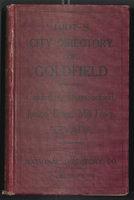
sod2021-076-001
Text
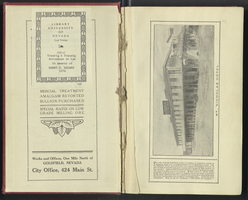
sod2021-076-002
Text
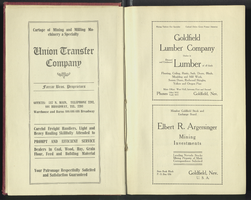
sod2021-076-003
Text
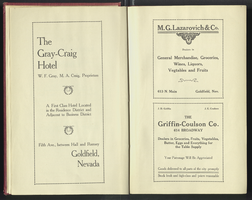
sod2021-076-004
Text
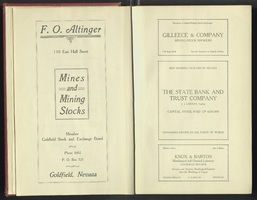
sod2021-076-005
Text
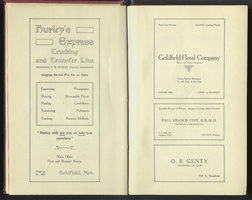
sod2021-076-007
Text
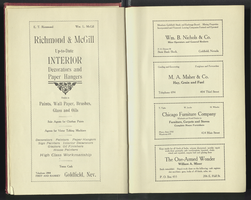
sod2021-076-008
Text
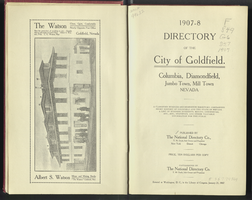
sod2021-076-009
Text
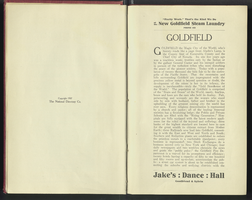
sod2021-076-010
Text
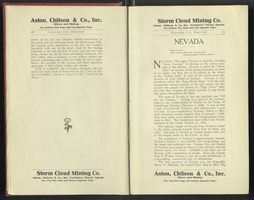
sod2021-076-011
Text
Pagination
Refine my results
Content Type
Creator or Contributor
Subject
Archival Collection
Digital Project
Resource Type
Year
Material Type
Place
Language
Records Classification
